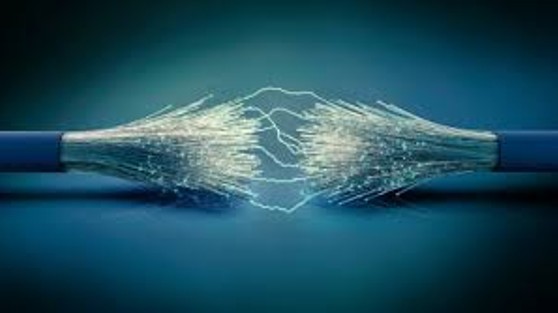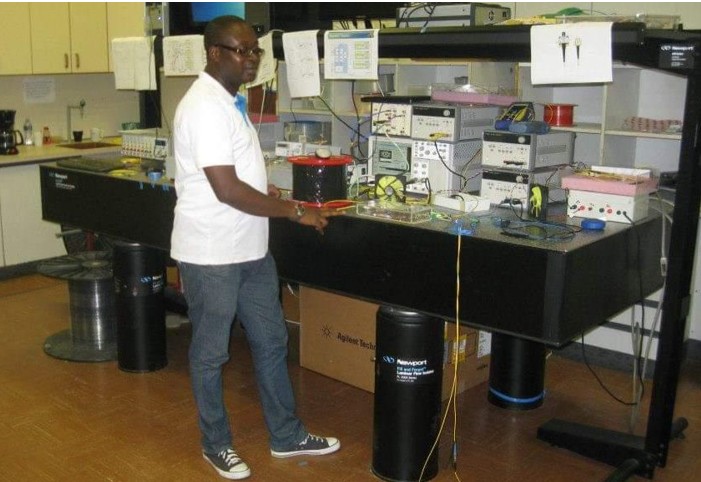By Dr. Samuel Kofi Fosuhene, Ghana’s Space Science and Technology Institute,

In today’s digital age, reliable internet connectivity is more than a convenience; it is the backbone of economic growth, social interaction, and national development. Yet in Ghana, the persistent problem of fibre optic cable cuts, both accidental and intentional, continues to threaten this digital lifeline.
These disruptions result in service outages, financial losses, and delays in digital transformation. Whether caused by road construction, utility works, farming near cable routes, or deliberate vandalism, every fibre cut has the potential to affect thousands of users across homes, businesses, and public institutions.
Understanding the Fragility of Fibre Network
Fibre optic cables, often thinner than a human hair, are made of glass or plastic strands that transmit vast amounts of data at lightning speed. For them to function, the cable must remain unbroken. A single cut can shut down essential services, from telemedicine and online learning to banking systems and government operations.

Educating the Frontline: Workers Who Dig near Fibre line
Many fibre cuts occur simply because construction and utility workers are unaware of where cables are located or how vital they are. To reduce such incidents:
- Certification programs should be introduced for road, utility, and construction workers to teach safe digging practices.
- Vocational training institutes should add fibre safety modules to their curriculum.
- Workers must understand that a single cut can disrupt services for entire regions, creating ripple effects in the economy.
Engaging Communities Along Fibre Routes
Local communities are an untapped asset in protecting fibre infrastructure. Awareness campaigns via local radio, community forums, social media, and TV can highlight the real-life impact of fibre damage.
Incentives—such as rewards for reporting suspicious digging or vandalism—can encourage community members to act as first responders in protecting cables.
Building Awareness among Future Professionals
Integrating fibre infrastructure management into engineering, planning, and technical programs will help prepare the next generation of professionals to:
- Design cable routes that minimize risk.
- Use proper laying techniques.
- Anticipate and prevent accidental damage during projects.
Joint workshops involving telecom companies, municipal authorities, and contractors can further close the knowledge gap.
Enforcing Regulations and Publicizing Penalties
While education is critical, enforcement matters. Damaging fibre cables, whether through negligence or deliberate action, can carry hefty fines and legal consequences. Publicising these penalties can serve as a strong deterrent.
A Shared Responsibility for Ghana’s Digital Future
Physical solutions like stronger cable ducts and tougher laws are important, but education remains the most sustainable strategy. By empowering workers, communities, and future professionals with knowledge, Ghana can protect its fibre infrastructure, safeguard its connectivity, and strengthen its position in the global digital economy.
Preserving fibre networks is not just a technical issue, it’s a collective duty.
By Dr. Samuel Kofi Fosuhene, Ghana’s Space Science and Technology Institute

